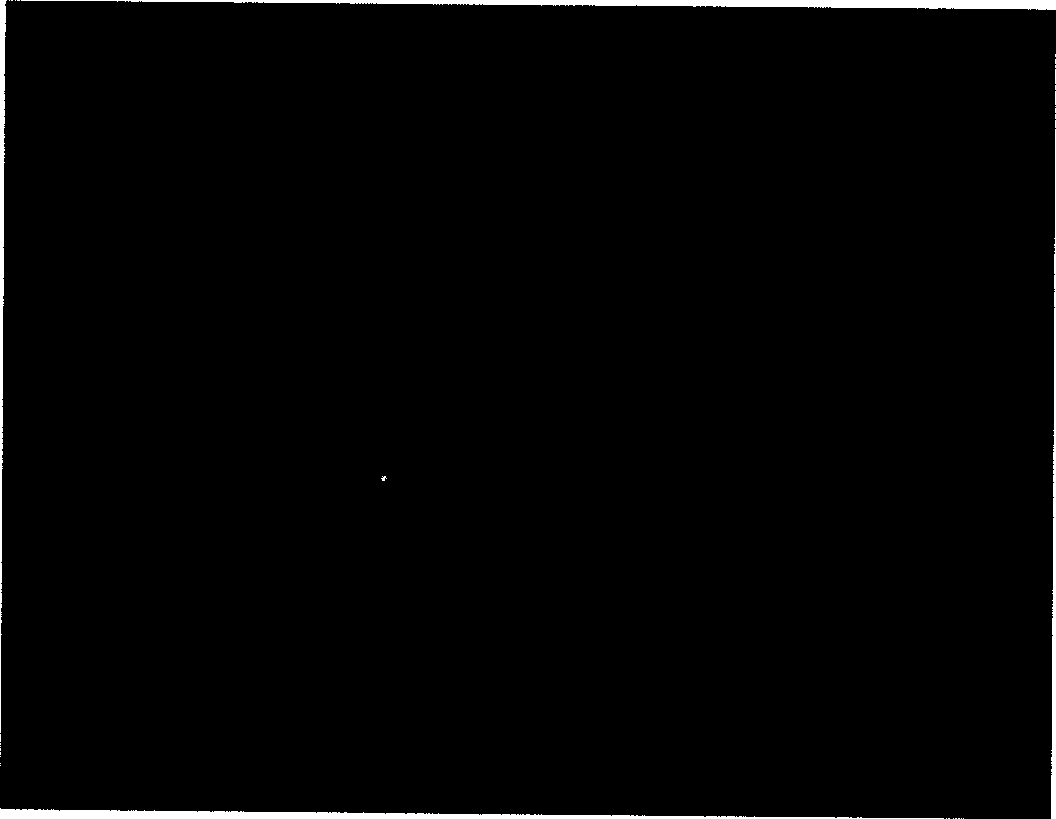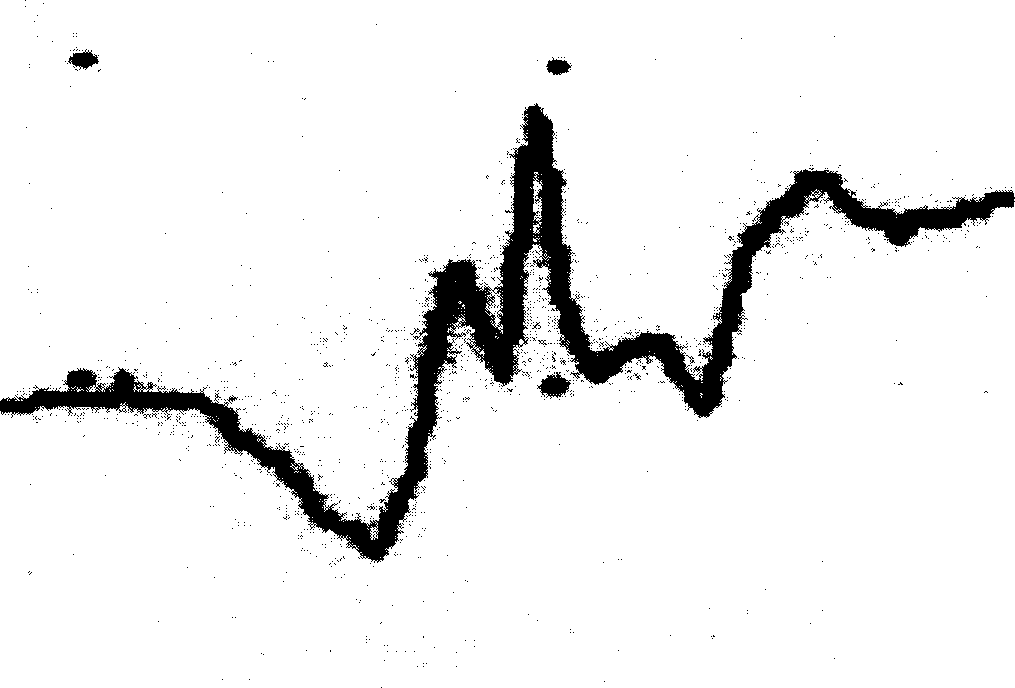Bone marrow interstital stem cell preparation and its combined use with controlled release neurotrophic factor
A neurotrophic factor, stem cell technology, applied in tissue culture, biochemical equipment and methods, microorganisms, etc., to achieve comprehensive observation indicators, significant reference value, and reliable experimental results.
- Summary
- Abstract
- Description
- Claims
- Application Information
AI Technical Summary
Problems solved by technology
Method used
Image
Examples
Embodiment 1
[0033] Example 1. Example of preparation technology of improved bone marrow mesenchymal stem cells (MSCs). Bone marrow of healthy monkey ilium was extracted, mononuclear cells were isolated, inoculated in L-DMEM culture medium containing 15% FBS (bFGF, 3 ng / ml was added therein), and cultured in plastic culture flasks. The 5th to 8th generation bone marrow MSCs were taken for identification. The methods included flow cytometry to detect their surface antigen markers, and in vitro induction to observe their osteogenic and adipogenic multidirectional differentiation potential. 48 hours before transplantation, Brdu was labeled at a concentration of 10umol / L and counted for later use.
Embodiment 2
[0034] Example 2. Determination of the optimal induction time of MSCs for transplantation in vitro. The MSCs-induced cells were divided into 0 hour group (control), 1 hour group, 1.5 hour group, 2 hour group and 3 hour group, each group was divided into 6 samples, and nestin (NESTIN), neuron-specific enzymatic Alcoholase (NSE) immunohistochemical staining, and flow cytometry for apoptosis detection.
[0035] (Average) NESTIN Positive Rate (%) NSE Positive Rate (%) Apoptotic Percentage (%)
[0036] 0 hour group 0 0 2.7
[0037]1 hour group 10 15 2.8
[0038] 1.5 hour group 25 30 3.2
[0039] 2 hours group 10 35 5.7
[0040] 3 hours group 3 55 7.2
[0041] It can be seen from the results that 1.5 hours of induction can not only ensure the effect of induction but also ensure the activity of cells, which is the best induction time. At present, the transplantation of induced cells does not pay attention to the activity of transplanted cells. If the activity of transplanted ce...
Embodiment 3
[0042] Example 3. Determination of the optimal ratio of transplantation-induced MSCs and controlled-release neurotrophic factors. The controlled-release GDNF with different GDNF content was placed in the culture medium for 1 week, and then the culture medium was made into a nerve induction solution for 3.0×10 6 Monkey MSCs were induced, 6 samples per group, and the percentage of apoptosis was detected for 3 hours.
[0043] GDNF content ug Apoptotic percentage (average)
[0044] 0 7.2
[0045] 0.25 6.4
[0046] 0.375 5.8
[0047] 0.5 3.8
[0048] 0.625 3.8
[0049] 0.75 3.6
[0050] It can be seen from the results that when the GDNF content is 0.5, the apoptosis percentage of induced cells can be significantly reduced, and the effect of increasing the content has no obvious increase. Therefore, 3.0×10 6 Controlled-release GDNF with a GDNF content of 0.5ug is the best ratio, because the total amount of transplanted cells in this experiment is 1.2×10 7 , the total amount ...
PUM
 Login to View More
Login to View More Abstract
Description
Claims
Application Information
 Login to View More
Login to View More - R&D
- Intellectual Property
- Life Sciences
- Materials
- Tech Scout
- Unparalleled Data Quality
- Higher Quality Content
- 60% Fewer Hallucinations
Browse by: Latest US Patents, China's latest patents, Technical Efficacy Thesaurus, Application Domain, Technology Topic, Popular Technical Reports.
© 2025 PatSnap. All rights reserved.Legal|Privacy policy|Modern Slavery Act Transparency Statement|Sitemap|About US| Contact US: help@patsnap.com



